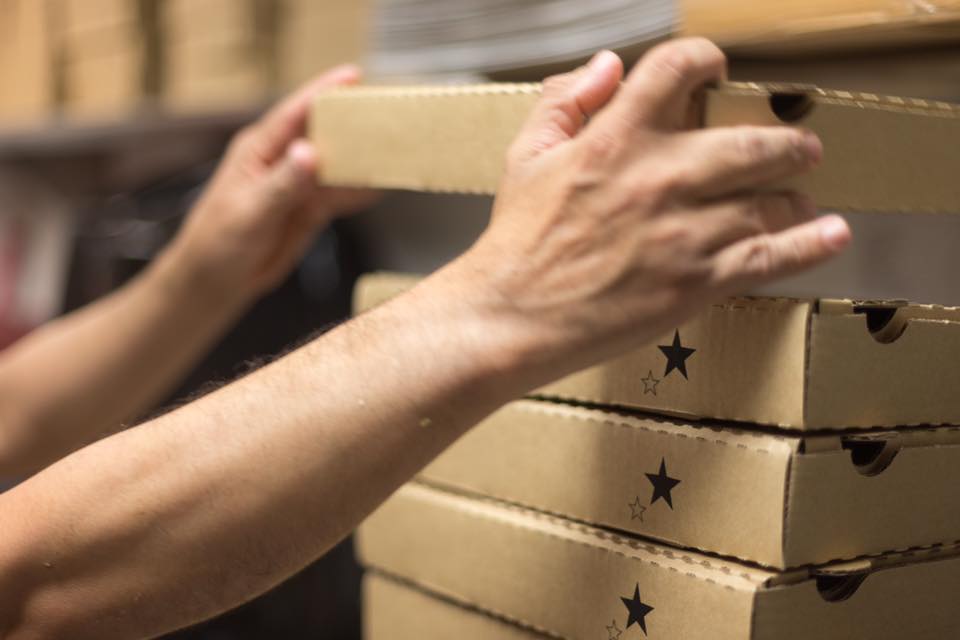Delivery Services Work to Help Virtual Restaurants

Photo Caption: The Star in San Jose works out of a commissary kitchen, created by DoorDash.
Skift Take
Virtual restaurants will take off thanks to data and logistics help from delivery services. But this popularity will usher in a new battleground: exclusivity on any given channel in exchange for help.
The popularity of online food ordering and delivery services have changed what makes a restaurant — at least, it's changed what makes a restaurant when it comes to delivery. Delivery services have contributed to the rise of virtual restaurants (also called ghost restaurants) — restaurants without a storefront or a dining room. Since online delivery marketplaces like Grubhub and DoorDash provide marketing for restaurants, they don't need a storefront to attract takeout orders.
"The rising numbers of virtual restaurants and commissary kitchens presents a unique opportunity for restaurateurs to innovate, cut costs, and potentially attract new customers," Anna Tauzin Rice, vice president of marketing and innovation at the Texas Restaurant Association, told Skift Table.
Last week, DoorDash launched a delivery-only kitchen in northern California. The commissary kitchen contains space for four concepts, each able to operate their business, offering delivery via DoorDash, and paying rent that's based on a percentage of the business's gross sales. As Eater notes, UK-based Deliveroo also operates a commissary kitchen using this model.
UberEats has taken a slightly different approach. Instead of building kitchens for operators to work out of, the company offers data to existing restaurants to help them hone potential delivery-only concepts. For example, UberEats suggested to one restaurant that local UberEats diners were searching for chicken via the UberEats app, but not many options were available locally. Would they be interested in creating a delivery-only chicken concept? So, the restaurant (a pizzeria) opened Si's Chicken Kitchen, specializing in fried chicken, and now brings in an additional $1,000 per week in delivery-only sales, using its existing restaurant.
Opening a virtual restaurant isn't as simple as creating a menu and signing up for the service. Virtual restaurants still face the same regulations as their competitors with a dining room. "Because every restaurant is partnered with us, we ensure that every regulatory requirement is met," Grubhub chief operating officer, Stan Chia told Skift Table. "When a virtual restaurant is on our platform we go through the same diligence to make sure the regulatory requirements are in place just as we would on a brick and mortar."
Interestingly, the first restaurateur to sign up for DoorDash's kitchen in San Jose runs successful Bay Area concepts already. In fact, this restaurant in particular offers delivery only through delivery service Caviar in San Francisco and the East Bay, noting, "There are plenty of other services out there, and we're happy to oblige if you choose to use their services as well, we just don't have the same track record with them." This illustrates an important potential consequence of test kitchens and restaurants run in partnership with third-party companies: many restaurants, especially smaller restaurants and independents, offer delivery through several different partners. If they accept start-up help from these services, will they be loyal or contractually beholden to just one provider? In that scenario, the battle for delivery service loyalty may not be unlike the battle for loyalty in reservations. It's still early in the game for discussions of contractual obligations and loyalty with restaurants (well, at least beyond the big players, like McDonald's + UberEats), so watch this space closely.
This post originally appeared in the November 6, 2017 Skift Table Newsletter. Subscribe to get the latest in your inbox.
